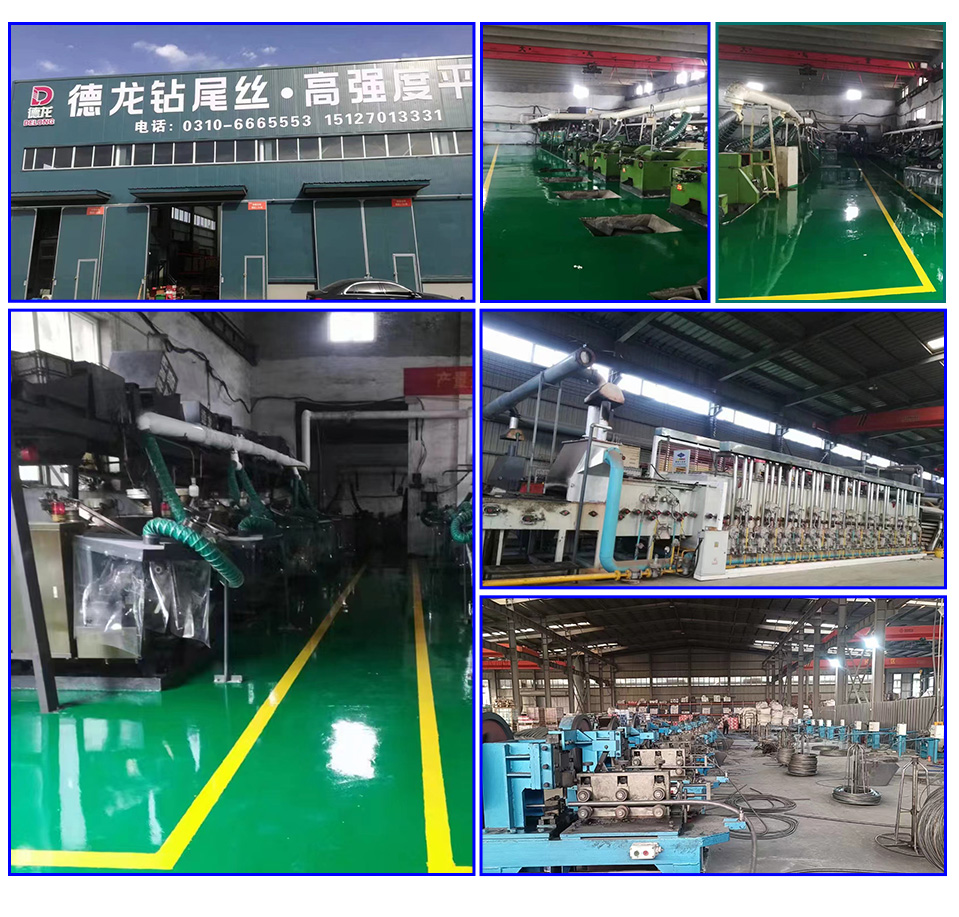flat washer specifications exporter
Flat Washer Specifications A Guide for Exporters
Flat washers are essential components in numerous mechanical and structural applications, providing a smooth, flat surface for load distribution and reducing the risk of damage to materials. For exporters in the washer industry, understanding the specifications and standards that govern flat washers is crucial for meeting international market demands.
Material Specifications
Flat washers can be made from various materials, including stainless steel, carbon steel, brass, and plastic. The choice of material significantly influences the washer’s performance, durability, and corrosion resistance. For instance, stainless steel washers are ideal for outdoor and marine applications due to their resistance to rust and oxidation. Meanwhile, brass washers are commonly used in electrical applications due to their excellent conductivity.
Exporters must ensure that the materials comply with international standards such as ASTM (American Society for Testing and Materials) or DIN (Deutsches Institut für Normung) to assure clients of their quality.
Dimensions and Tolerances
Flat washers are available in a wide range of sizes and thicknesses. The inner diameter (ID), outer diameter (OD), and thickness are critical measurements, and exporters should provide detailed specifications for each product. Tolerances are also essential, as they dictate the acceptable limits of variation in size. Adherence to standards, such as ISO 4759, can help ensure proper fit and function in assembly applications.
flat washer specifications exporter

Surface Finish
The surface finish of flat washers affects both performance and aesthetics. Common finishes include zinc plating, phosphate coating, and passivation. Each of these finishes provides different benefits, such as improved corrosion resistance or enhanced appearance. Exporters should clearly specify the surface finish in their product descriptions, as it can influence buyer preferences.
Testing and Certification
Quality assurance plays a vital role in the flat washer market. Implementing rigorous testing procedures, including tensile strength tests, corrosion resistance tests, and dimensional checks, can provide credibility to exporters. Certificates from recognized organizations, such as ISO 9001, can further establish a company’s commitment to quality.
Conclusion
Understanding flat washer specifications is paramount for exporters looking to succeed in the global market. By focusing on material selection, precise dimensions, surface finishes, and quality assurance, businesses can meet the diverse needs of customers and build a solid reputation. As industries continue to evolve, staying informed about standards and innovations in washer technology will be essential for sustained growth and competitiveness in the export market.
-
Top Choices for Plasterboard FixingNewsDec.26,2024
-
The Versatility of Specialty WashersNewsDec.26,2024
-
Secure Your ProjectsNewsDec.26,2024
-
Essential Screws for Chipboard Flooring ProjectsNewsDec.26,2024
-
Choosing the Right Drywall ScrewsNewsDec.26,2024
-
Black Phosphate Screws for Superior PerformanceNewsDec.26,2024
-
The Versatile Choice of Nylon Flat Washers for Your NeedsNewsDec.18,2024










